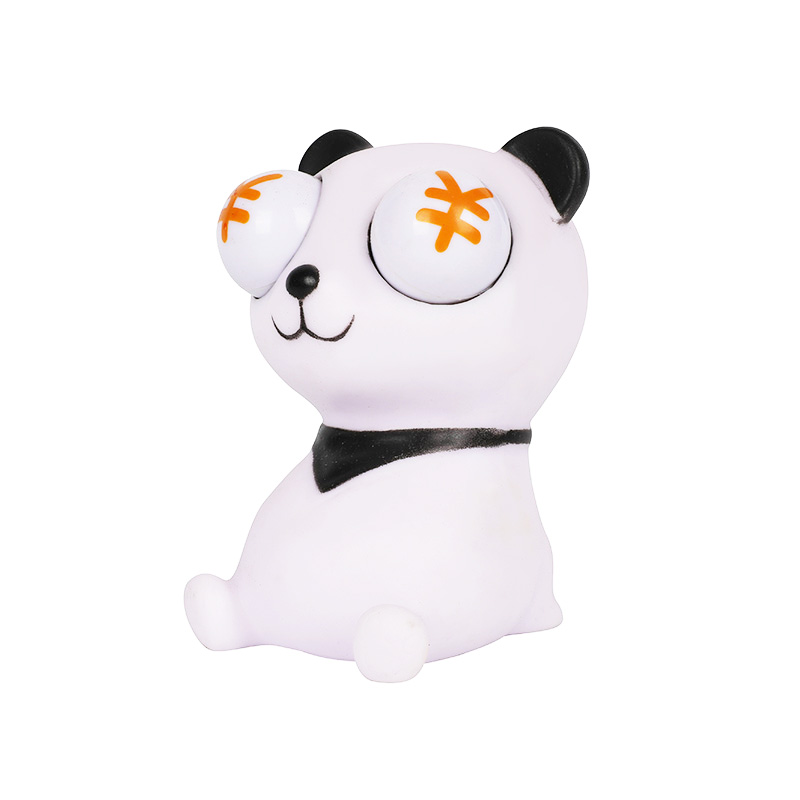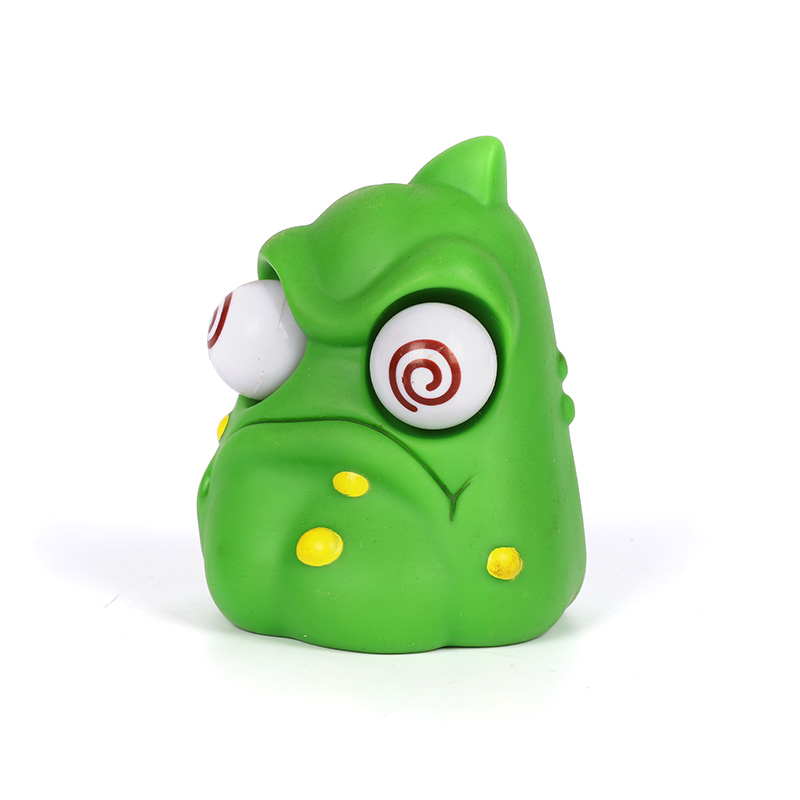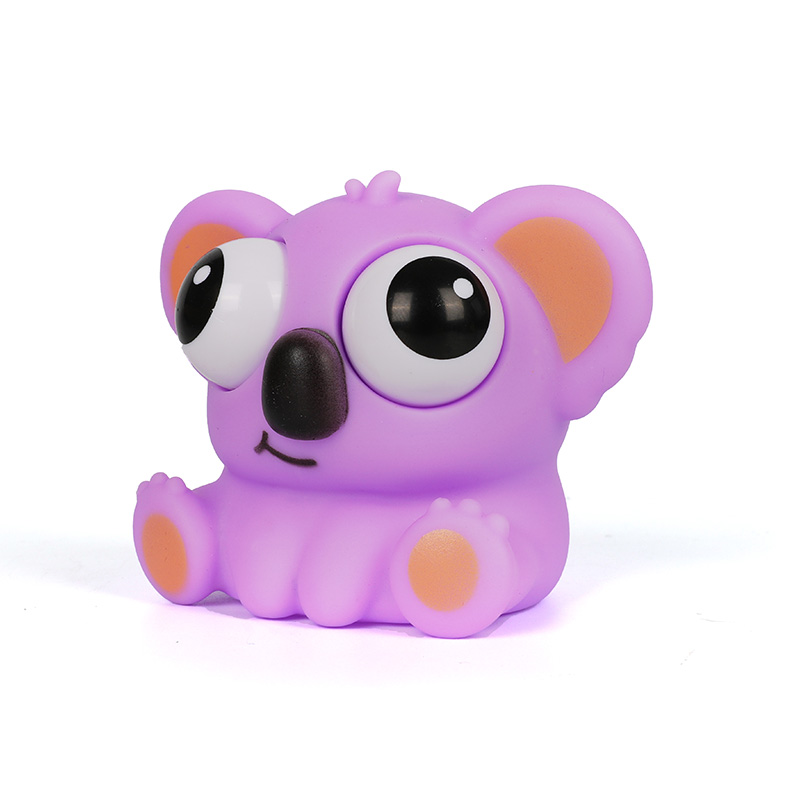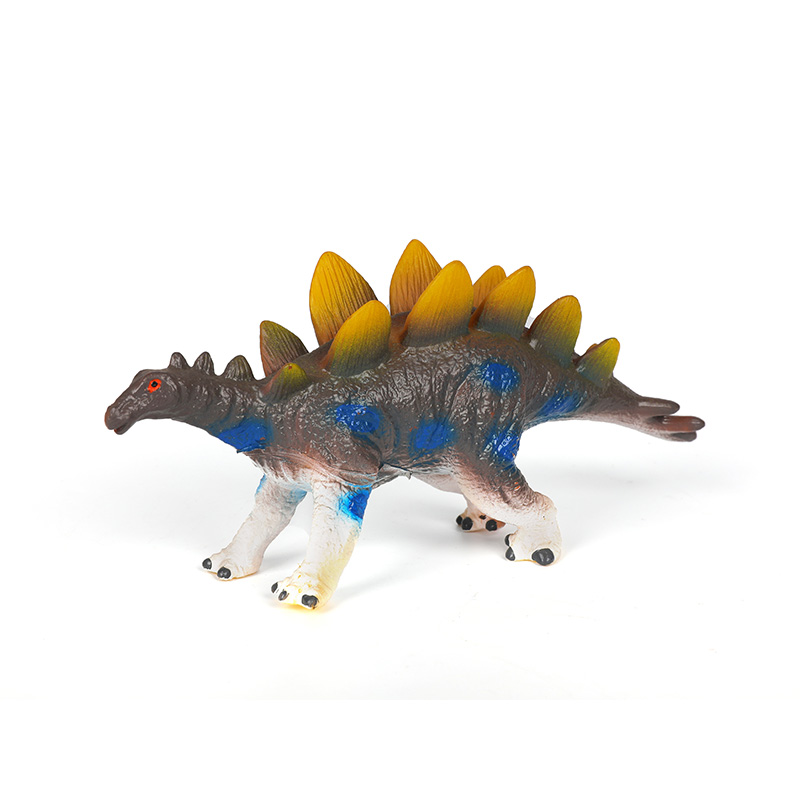- Type:
- Industry News
- Date
- 2024-Jun-12
Toys are usually made of the following materials
1. PVC: This is a common plastic material with good water resistance and softness, and is often used to make various water toys.
2. PE: Toys made of PE have good water resistance and chemical corrosion resistance, and are soft and suitable for children.
3. Silicone: Silicone is a soft and durable material with good elasticity and water resistance, suitable for making various children's toys.
When it comes to selecting materials for children's toys, the choice of material can significantly impact the toy's durability, safety, and overall appeal. Among the commonly used materials are PVC, PE, and silicone, each offering distinct advantages for toy manufacturing.
PVC (Polyvinyl Chloride) is a widely used plastic material in the toy industry. Toys made of PVC are known for their good water resistance and flexibility. This makes PVC an ideal choice for water toys, such as bath toys and pool floats. The softness of PVC also makes it a popular option for toys that need to be pliable and comfortable for children. However, it is important for plastic toy makers to ensure that the PVC used in toys meets safety standards to avoid any potential health risks.
PE (Polyethylene) is another material commonly used in the production of children's toys. Toys made of PE offer good water resistance and chemical corrosion resistance, which makes them suitable for outdoor and water-based toys. The softness of PE also adds to the comfort of the toys, ensuring they are gentle on children's skin. Moreover, PE's durability and resistance to impact make it a reliable choice for toys that need to withstand rough play.
Silicone is known for its exceptional softness and durability. It has ideal elasticity and water resistance, making it an ideal material for various types of children's toys. Silicone toys can be squeezed, bent, and pulled without losing their shape, which makes them particularly appealing to young children who enjoy interactive and tactile play. Additionally, silicone is non-toxic and can be easily cleaned, adding to its suitability for toys intended for infants and toddlers.
For plastic toy makers, selecting the appropriate material is crucial to ensuring that the toys meet safety and quality standards. Each material has its own set of properties that can influence the design and functionality of the toys. PVC, PE, and silicone each offer unique benefits that can be leveraged to create a wide range of products.
PVC, for example, is often used in toys where flexibility and resistance to water are important. This makes it ideal for toys that will be exposed to water or need to be flexible. On the other hand, PE's durability and resistance to chemicals make it suitable for toys that will be used outdoors or in various environmental conditions. Silicone, with its advanced elasticity and safety profile, is frequently chosen for toys designed for younger children who might put toys in their mouths.
In conclusion, toys made of PVC, PE, and silicone each bring distinct advantages to the table. Understanding the properties of these materials helps plastic toy makers choose the ideal option for their specific needs, ensuring that the toys are both enjoyable and safe for children.


 English
English
 English
English русский
русский Español
Español











